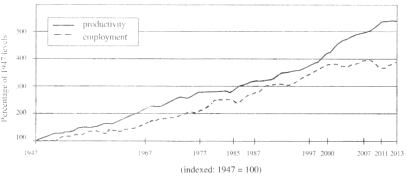题目内容
【题目】Climbing Without Ropes
The popular image of the mountain climber is of a person carefully climbing a steep cliff with a network of safety ropes, but it is not the only kind. Many climbers now enjoy bouldering. It’s more accessible and better for the environment.
What is bouldering? Bouldering is a sport that involves climbing on, over, and around boulders up to approximately twenty feet above the ground. Participants employ no safety ropes. | ||
Why boulder? improve your climbing skills by focusing on basics places to climb, such as climbing walls at gyms and parks, easy to find less time commitment to bouldering than to mountain climbing intellectual and physical enjoyment as one solves problems | Bouldering Terms crimp: a very small handhold foothold: a place where one may place a foot to aid in climbing boulder jug: a very large handhold that is easy to use problem: The path up a boulder is referred to as the “problem” that one must solve. The “solution” is the sequence of moves one makes up and over a boulder. | |
Here is an example of a climber addressing a bouldering problem.
Figure 1: The climber has two routes she could take, one to the left and one to the right. The left one appears easier because it has a jug within easy reach, but look what happens if she chooses that direction. She gets stuck on the rock and has to go back down. Sometimes that is even difficult than going up.
Figure 2: The climber takes the one to the right this time. using a foothold and placing her right hand in a crimp, she is able to life herself up and locate other handholds. After only a few moves, she is able to throw her leg over the top of the boulder and pull herself up.

【1】According to the passage, bouldering ________.
A.is an indoor sportB.has no safety protection
C.needs maps and equipmentD.is a steep cliff climbing
【2】Bouldering becomes popular because ________.
A.it challenges the limitsB.it costs less
C.it builds minds and bodiesD.it is a team game
【3】According to the example, the right route is ________.
A.a shortcutB.a dead end
C.tough but to the topD.lined with jugs
【答案】
【1】B
【2】C
【3】C
【解析】
本文是一片说明文。文章介绍没有安全绳的攀岩运动。登山者的流行形象是用一根安全绳,一个人小心翼翼地爬上陡峭的悬崖,但这并不是唯一的一种。许多登山者现在都喜欢抱石。它更容易接近,也更适合环境。
【1】细节理解题。根据What is bouldering?中Participants employ no safety ropes.可知,bouldering没有安全感。故B项正确。
【2】细节理解题。根据Why boulder?中improve your climbing skills by focusing on basics
places to climb, such as climbing walls at gyms and parks, easy to find less time commitment to bouldering than to mountain climbing intellectual and physical enjoyment as one solves problems可知,Bouldering变得受欢迎是因为它建立了精神和身体上的快乐。故C项正确。
【3】推理判断题。根据Figure 2:The climber takes the one to the right this time. using a foothold and placing her right hand in a crimp, she is able to life herself up and locate other handholds. After only a few moves, she is able to throw her leg over the top of the boulder and pull herself up.可知,根据这个例子,可以推断出,右边的路线是艰难的,但能达到顶峰。故C项正确。

 灵星计算小达人系列答案
灵星计算小达人系列答案 孟建平错题本系列答案
孟建平错题本系列答案